 New Health Guide
New Health Guide
Vitamin A works as an antioxidant in the body and plays many other important roles. It is essential for healthy eyes. Getting enough vitamin A from your diet will lower your risk of developing issues like eye inflammation, nighttime blindness, and dry eyes. On average, you should at least be getting about 5000IU per day, and you can get it through several foods.
You can find loads of vitamin A in natural food sources, usually in foods with bright red, orange, or yellow in color. Many people opt for cod liver oil to increase their intake of vitamin A. Here are some impressive food sources of vitamin A.

A medium carrot provides you with 10191 IU of vitamin A. It is actually 204% of your daily value (DV) of vitamin A. You also get 25 calories from a medium carrot along with vitamins K, C, and B, as well as fiber and magnesium.

Thanks to their delightful taste and nutrient contents, people around the world just love sweet potatoes. You get 21909 IU of vitamin A from one medium sweet potato. This is more than what you need on a daily basis – it is actually 438% of your recommended daily intake of vitamin A. You also get 103 calories from a medium sweet potato.
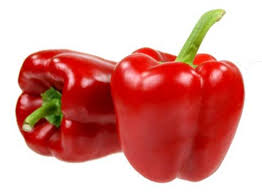
Simply by adding a dash of red pepper (a tablespoon in most cases), you will get about 2081 IU of vitamin A. It provides you with 42% of your recommended daily intake of vitamin A – you also get 16 calories from a tablespoon of red pepper, making it one of the best vitamin A foods to your diet.
It is also important to note that red bell pepper has antioxidant properties, which can help get rid of free radicals from your body. You can add it to veggies or simply toss into salads to enjoy some amazing benefits.

You can always add mangoes on dessert plates as well as in main dishes. A cup of sliced mangoes provide you with 1785 IU of vitamin A. You get about 36% of your RDA from a cup of sliced mangoes. This also provides you with 107 calories.

Kale is not just a common garnish; it is much more than this because of its nutritional value. It provides you with several important nutrients, including vitamin A. Just a cup of kale provides you with 10302 IU of vitamin A. Each cup of kale also provides you with 34 calories.
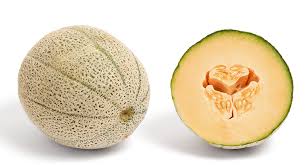
Cantaloupe is among the finest vitamin A foods mainly because it is low in fat and calories. You can enjoy it in a fruit salad or have it as an after-dinner dessert. Just by eating a single wedge of cantaloupe, you will be able to get 5986 IU of vitamin A. It contains 23 calories only.

You can use sweet green peas to make a side dish or enjoy them in other ways to get loads of vitamin A. A half-cup serving of sweet green peas provides you with 1680 IU of vitamin, which contains only 62 calories. At the same time, peas are also rich in vitamins K, C, and B.
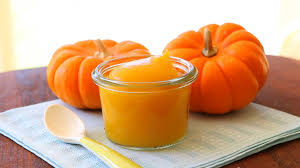
You get loads of vitamin A from pumpkin. You can consume it anyway you like and still get a number of nutrients. You can have a cup of pumpkin puree to get 14100 IU of retinol – it also provides you with 0.706mg of beta-carotene.
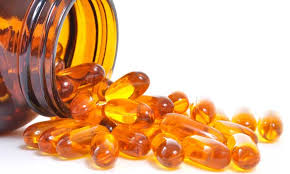
A tablespoon of cod liver oil provides you with 13,600 IU of retinal along with 4mg of beta-carotene. You also get omega-3 fatty acids from fish oil, which is extremely beneficial for your cardiovascular health. It helps lower cholesterol, strengthens your heart, and fights off Alzheimer's disease as well.

As mentioned already, you can find loads of vitamin A in foods with bright orange color. Butternut squash is not an exception either. You get 11,343 IU of vitamin A from a half-cup serving of butternut squash. It also provides you with loads of fiber.

Mutton or chicken liver may not be one of your favorites, but it certainly provides you with some important nutrients, including vitamin A. Even a 3oz serving of liver provides you with about 15,297 IU of vitamin A. You can enjoy it in many ways – consider smearing it with spices and then stir-fry for added flavor.
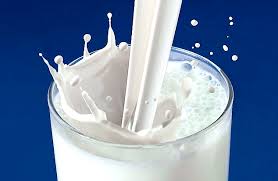
If you are looking for some of the best vitamin A foods, you can never go wrong with whole milk. A cup of whole milk provides you with 395 IU of vitamin A. At the same time, you get loads of vitamin D, magnesium, protein, and calcium from whole milk. Just keep in mind that whole milk is high in fat – you get 146 calories from a cup of whole milk. Therefore, you should drink it in moderation.

To increase your intake of vitamins, you should look no further than fish. Including fish in your diet not only provides you with loads of vitamin A, but it also provides you with omega-3 fatty acids and other important nutrients. Having a fillet will provide you with 14% of your recommended daily intake of vitamin A along with 25g of protein.